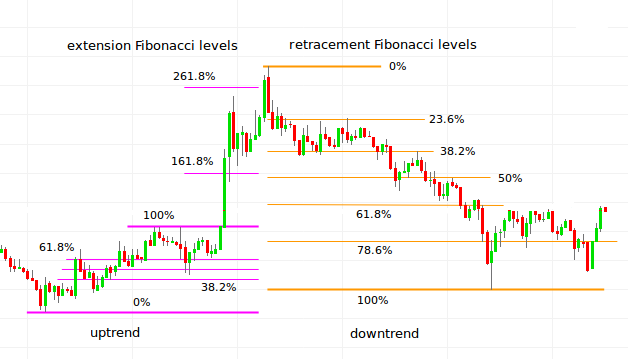Tombort-Fibonacci Dynamic Support-resistant Equipotentials - Fibionacci proportions (#2)
Introduction to Fibonacci sequence and proportions
The Fibonacci sequence(1) is named after Italian mathematician Leonardo of Pisa, known as Fibonacci. His 1202 book Liber Abaci introduced the sequence to Western European mathematics. In mathematics Sequence of Fibonacci numbers is created that every number after the first two is the sum of the two preceding ones. First two Fibonacci numbers are equal one:
(0), 1, 1, 3, 5, 8, 13, 21, 34, 55, 89, 144, 233, 377, 610, 987, ....
Uses of This sequence are documented in many scientific fields. In biology sequence and proportions are used in studying: branching in trees, arrangement of leaves on a stem, the fruit lets of a pineapple.
In mathematics It is used for computational run-time analysis It have interesting math property to bee a complete sequence. This means that every positive integer can be written as a sum of Fibonacci numbers, where any one number is used once at most. (for instance: 7 = 2 + 5, 8 = 3 + 5, 9 = 8 + 1, 10 = 8 + 2, 11 = 8 + 3, 12 = 8 + 3 + 1, 13 = 5 + 8 14 = 13 + 1, .....)
In genetics Luke Hutchison noticed that the number of possible ancestors on the X chromosome inheritance line at a given ancestral generation also follows the Fibonacci sequence.
In art well known Golden ratio(3) is used to make art designs look prettier to our eyes.
In Technical analysis (TA) Fibonacci numbers are used in classical Elliot wave principle(4) theory used to analyze financial market cycles.
In TA had been discovered that prices on price charts obey movement from one Fibonacci level to the other one. This levels act as support-resistance lines. If price break through such resistance or support level it will move on to the next level. This property of price movement enables making predictions where turn points in price movement can occur. Traders are akin to set their stop loss and target prices just bellow or above Fibonacci levels. Fibonacci levels are used best in trending markets. We have two types of levels. Retracement Fibonacci levels are used in predicting where dips in price will occur and extension Fibonacci levels are used in setting targets for exit trading.

Figure 1. Fibonacci levels act as support or resistance levels for price
Fibonacci numbers have one very interesting property. If you divide two successive Fibonacci numbers this ratio approaches to golden ratio (1.6180339887...). Another interesting sequence is Lucas numbers(2). Lucas numbers are analytical extension of Fibonacci numbers. Fibonacci numbers are seeded from first two of them F0 = 0 and F1 = 1. Lucas numbers are seeded from arbitrary two integers (for inst.: L0 = 2, L1 = 1 produce sequence (2), 1, 3, 4, 7, 11, 18, 28, 47, ....)
Lucas numbers sequences also have the property that ratio of two successive numbers approaches golden ratio to arbitrary small difference (limitates to golden ratio).
Remarks and sources:
1.Wikipedia article explain Fibonacci numbers in more detail.
2.Lucas numbers are extension of definition of Fibonacci numbers and explained in this Wikipedia article
3.Wikipedia article Golden ratio deals in detail about definition and use of this ratio
4.Wikipedia article Elliot wave principle explain use of impulse waves in TA
Image sources: pixabay.com, investing.com
Disclaimer: If you use my ideas and analyses in your investment ventures, you take all responsibility and consequences about your actions.
And as always upvote this post and previous ones, if it have some value,follow me, if you think this content is great and I promise that it will be more interesting stuff in the future.
